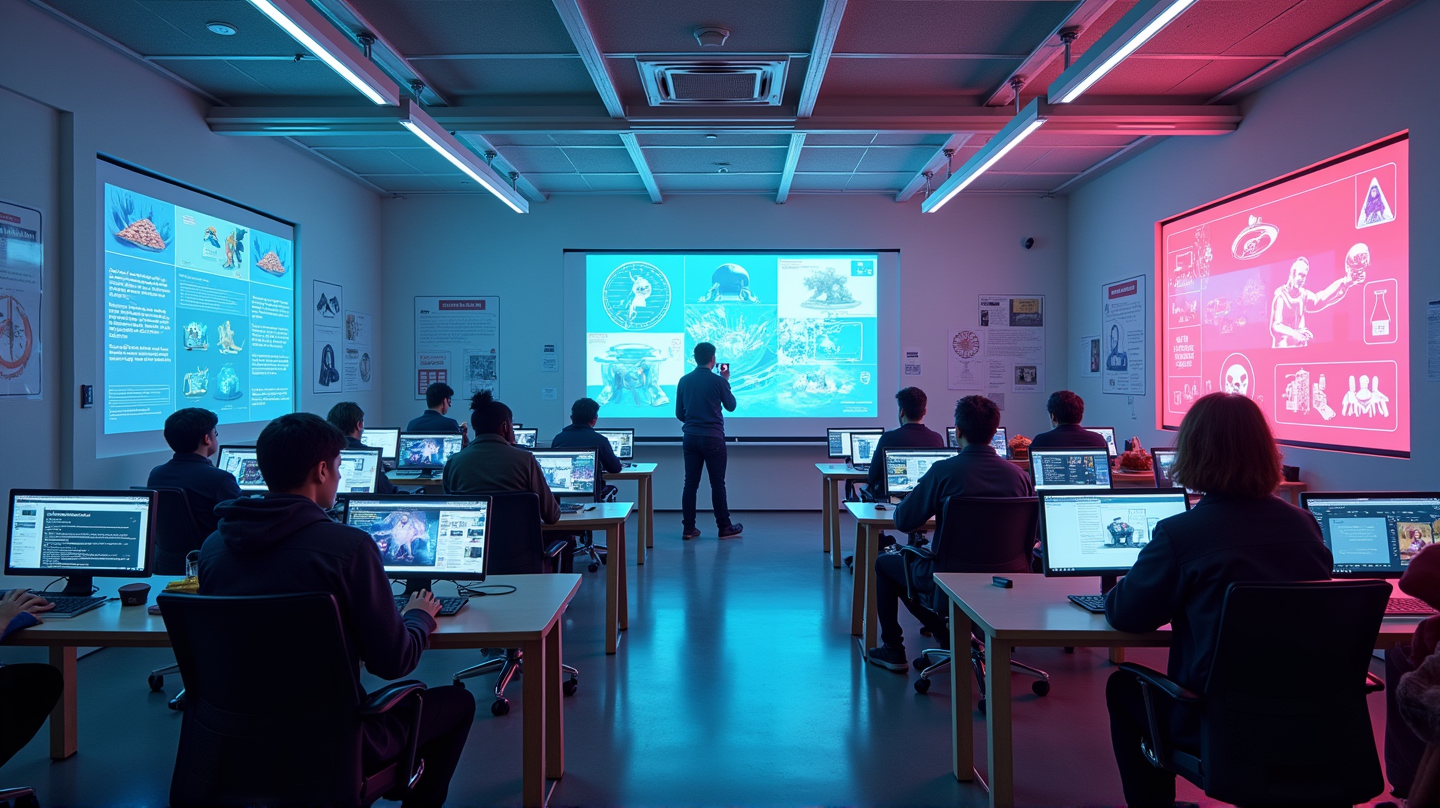Embracing Technology's Full Potential to Reshape Higher Education
Discover how technology, including AI, can transform higher education into a more affordable, personalized experience by breaking free from outdated practices.

Higher education is at a pivotal crossroads, grappling with increasing criticism over overwhelming costs and outdated systems. As articulated by Scott Pulsipher, the role of technology—and particularly AI—in transforming this sphere is becoming increasingly crucial. To truly harness this potential, educational institutions must step beyond merely grafting new technologies onto archaic frameworks.
The Limitations of Traditional Models
Despite the promising nature of online learning, many institutions haven’t moved beyond replicating conventional constraints within digital environments. Students remain tied to inflexible schedules, and faculty continue delivering live lectures without maximizing digital’s strengths. This cautious approach perpetuates higher education’s status quo, stifling innovative ways that could otherwise reduce costs and enhance access on an unprecedented scale.
Learning from Industry Trailblazers
Institutions can glean valuable insights from sectors that have successfully transformed their businesses through technological innovations. Companies like Netflix and Amazon rejected traditional constraints, opting for strategies centered around user experience and predictive analytics. Higher education must adopt a similar mindset, breaking from the shackles of efficiency-focused upgrades to embrace radical redesigns.
AI: A Catalyst for Personalized Learning
AI presents a massive opportunity to re-envision higher education landscapes. Beyond automating repetitive tasks, it promises personalized learning experiences, individualized support, and async engagement methods—offering the same high-touch guidance traditionally available to a privileged few. The integration of virtual realities and interactive media further enriches learning experiences, fostering deeper student engagement.
The Path to Innovation: Transforming Mindsets and Models
Bringing about change in higher education entails more than just adopting new tools—it’s about redefining the fundamental approaches to education. Institutions must think expansively, embracing AI’s potential to transform pedagogical methods and ensure equitable educational opportunities. As stated in Forbes, now is the time for colleges and universities to work alongside technology developers to create course-specific, outcome-driven infrastructures.
The Future is Now
The call for radical restructuring has never been more urgent. Redesigning higher education to meet the diverse needs of today’s learners means stepping away from superficial digital fixes and outdated mentalities. By focusing on what truly matters—student outcomes and personalized education—technology can fulfill its highest purpose, broadening horizons, and enabling students to achieve their fullest potential.





